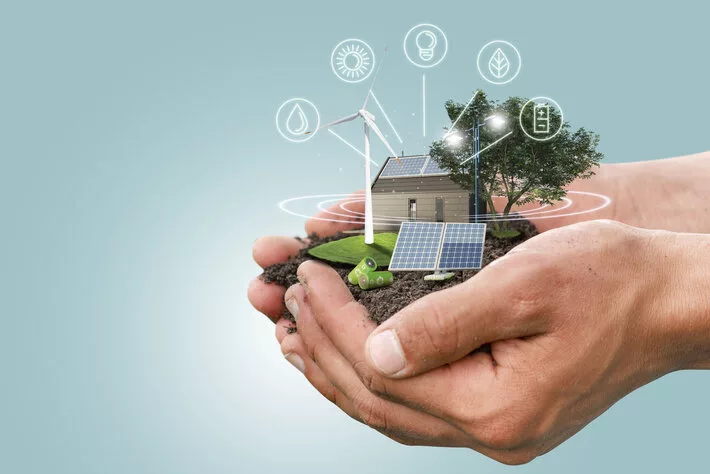Finnish telecoms and digital services company Elisa has announced its intention to enable international telecoms operators to play a key part in tackling climate change by storing their surplus renewable energy and reducing their carbon footprints. Elisa’s approach will also enable telecom operators to develop a new revenue stream through participating in the energy market and optimising their energy purchases, thereby reducing their energy costs.
Explored in a white paper launching, Distributed Energy Storage (DES), good for business, good for the grid, good for the planet, Elisa demonstrates that applying the Elisa Distributed Energy Storage (DES) smart management solution to the backup battery facilities that all telecoms operators are required to have, radio access networks (RAN) can be turned into a virtual power plant (VPP) capable of providing balancing services to national energy grids. The answer is being rolled out across 2,000 Elisa base stations in Finland.
Increasing the proportion of energy generated from renewable sources around the globe and improving the storage of intermittent renewable energy will be central to reaching the EU renewable energy point set for 2030 and 2050.
Over the next five years, the Global Wind Energy Council forecasts an average of 136 GW of annual wind power deployments between 2023 and 2027. The solar energy industry predicts even more growth, with forecasts of up to 800 GW per year by 2027, up from 341–402 GW in 2023. To cope with the intermittent nature of power generated from these sources, EU Energy forecasts that storage capacity will need to increase by around 233% (from 60 GW to 200 GW) to balance supply and demand. Against this need, Elisa forecasts that there could be an estimated 15 GWh of storage available from Europe’s telecoms networks.
To convert a telecoms network and battery storage to form the role of a VPP, Elisa’s AI-powered DES solution enables ‘load shifting’, which is the ability to purchase electricity from the grid during low-cost periods and store it for consumption when prices are higher. This power can be distributed throughout the network or sold to the electricity grid when balancing is required.
Taking the average electricity market price and benefits of the Nordics and Western Central Europe as an example, Elisa predicts that through this functionality, telecom operators will be able to save around 50% of their current electricity costs through a combination of cost savings and new revenue opportunities.
Elisa ran an initial trial of its DES formula in Finland across 200 base stations in 2022 as well as its network in Estonia. By 2025, the system will be rolled out to 2,000 Elisa base stations in Finland, with that work well underway in 2023.
Based on the latest official Finnish marginal CO2 emission calculation rates, the Elisa deployment in Finland is expected to result in annual reductions of up to 20,000 tonnes of CO2 when fully deployed. Elisa has also received technical pre-qualification acceptance from Fingrid, Finland’s transmission system operator (TSO) for its DES solution to provide balancing services in the aFRR in 2023. Automatic Frequency Restoration Reserve (aFRR), also known as secondary reserve, is a reserve in the power grid that helps to keep the grid frequency stable.
It is believed that this is the first time anywhere in the world that a distributed solution has been approved for the aFRR market, which is normally only served by hydropower or natural gas plants.
“The onus is on every company in the world to think not only about how they can make their energy use the most efficient it can be but also about the role they can play in our collective and urgent need to address climate change,” said Henri Korpi, an executive vice president of international digital services at Elisa. “With an estimated 6,500 GWh of wind energy lost to curtailment in the UK alone between January 2021 and April 2023, it is clear that we need to rethink energy storage to make full use of the renewable generation sources that we successfully bring online.”
Korpi pointed out the company’s history of innovation in telecommunications and digital services, which puts it in a unique position to devise a solution to address the key issues facing the renewable energy market today. “By minimising our carbon footprint as an industry and utilising the extensive infrastructure and assets we already have in place, we believe that telecoms companies can play a pivotal role in our fight against climate change for years to come,” he added.
Comment on this article below or via X: @VanillaPlus






